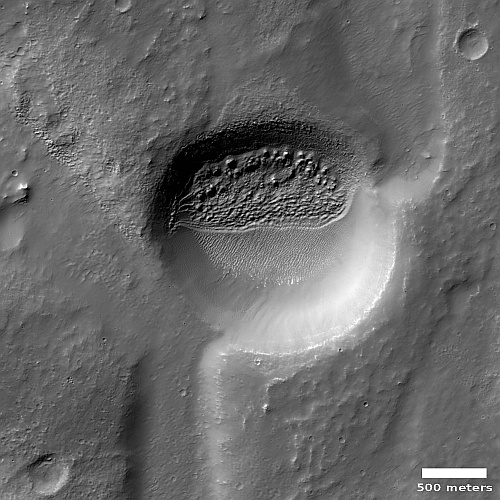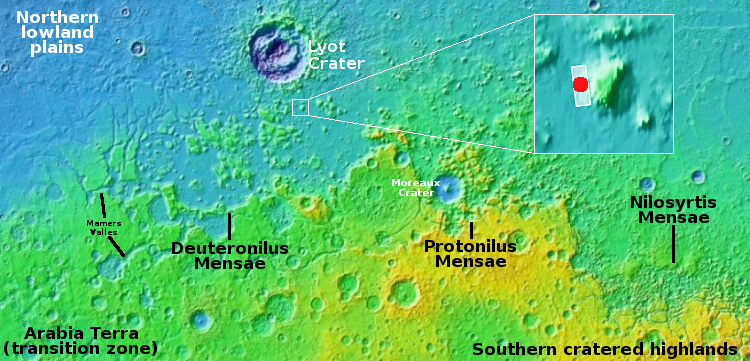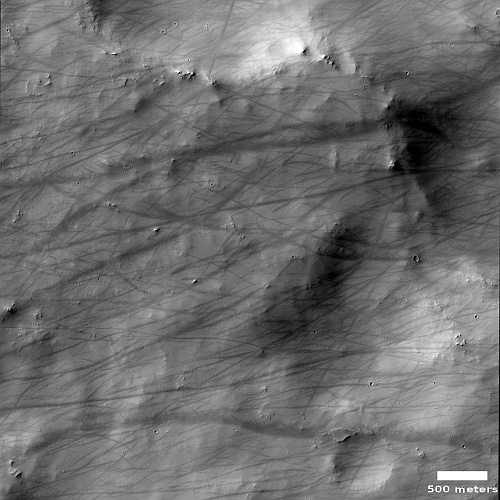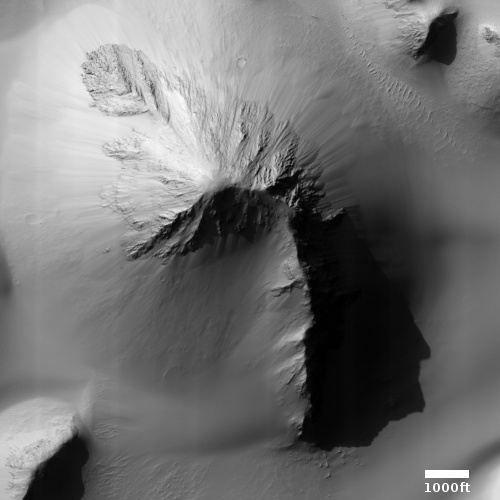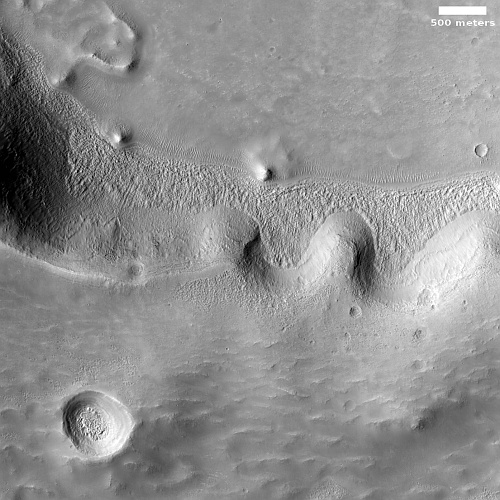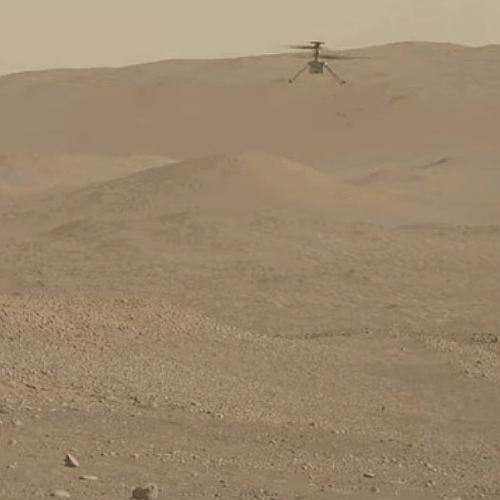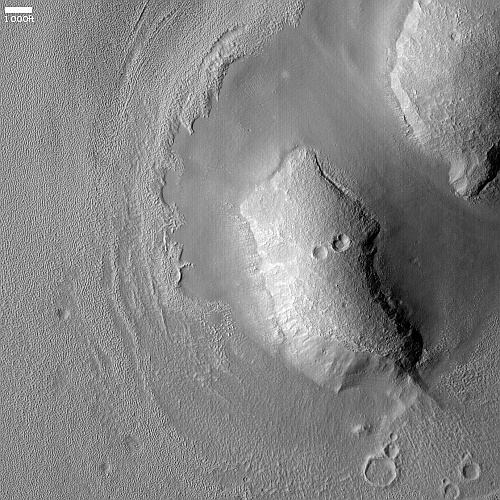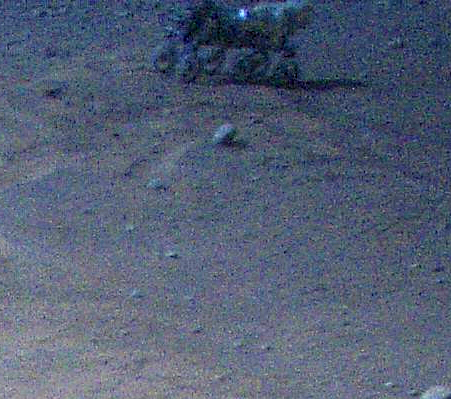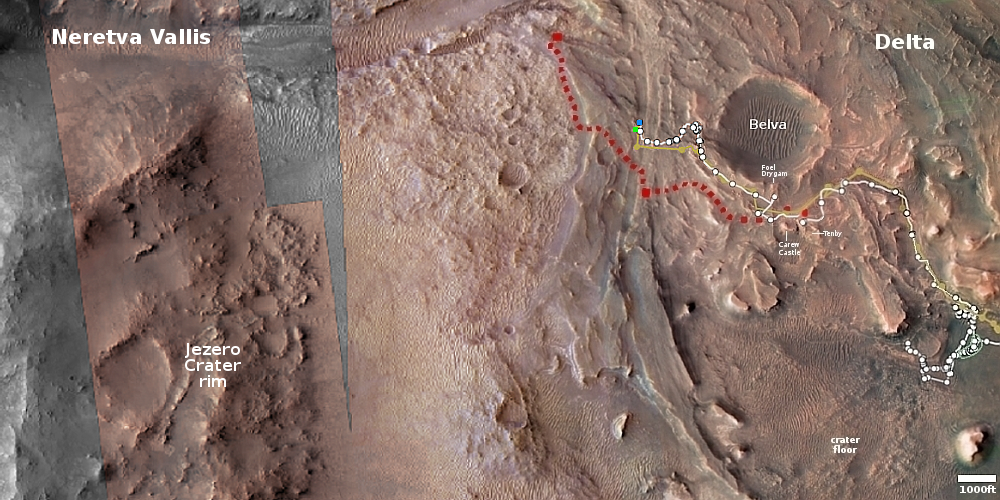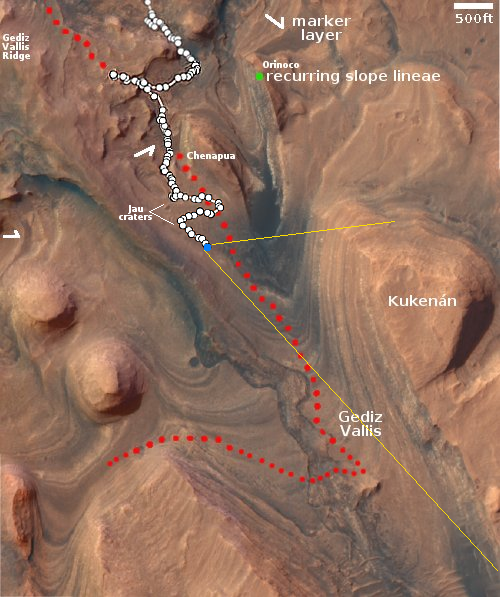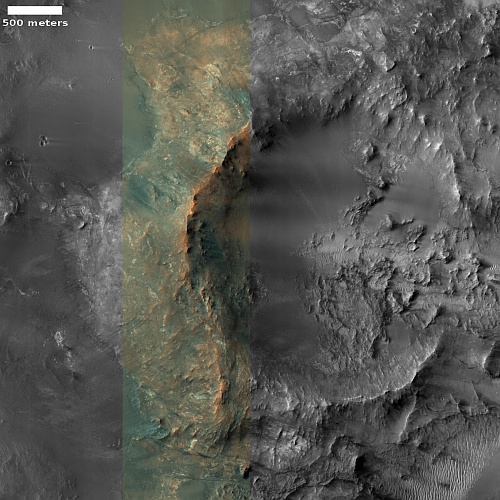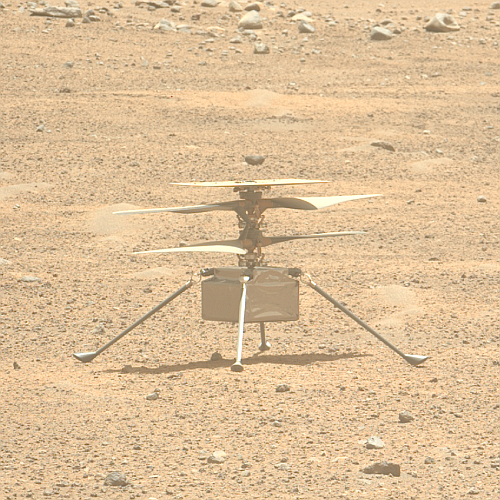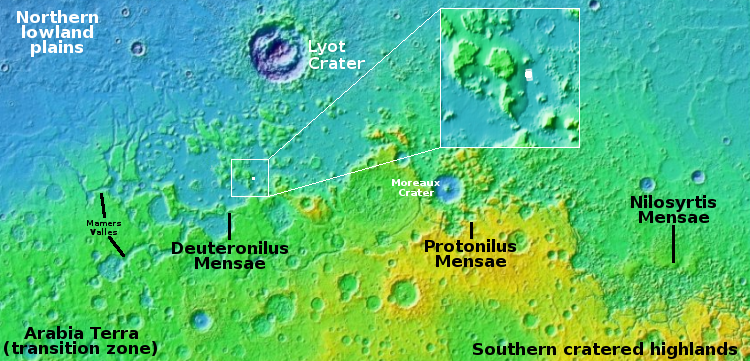NASA reveals three year delay in its New Frontiers planetary mission program
NASA last week revealed that because of “budget uncertainty” it will not begin accepting project proposals in its New Frontiers planetary mission program this fall as planned, and will in fact not begin accepting new proposals until 2026.
At a NASA SMD town hall meeting July 27, Lori Glaze, director of NASA’s planetary science division, warned a potential extended delay in the release of the New Frontiers AO. “If the planetary science funding levels that are anticipated as a result of this tight budget environment are actually realized over the next two or so years,” she said, “it is unlikely we’ll be able to solicit New Frontiers perhaps not before 2026.” That delay was made official with the release of the community announcement.
The draft AO sought proposals for missions on six topics, as recommended by the planetary science decadal survey in 2011: a comet surface sample return, a mission to Jupiter’s volcanic moon Io, a lunar geophysical network, a sample return mission to the moon’s South Pole-Aitken Basin, a mission to characterize the potential habitability of Saturn’s icy moon Enceladus and a probe of Saturn’s atmosphere.
The New Frontiers program previously funded the New Horizons mission to Pluto, the Juno mission to Jupiter, and the OSIRIS-REx asteroid mission to Bennu.
The article at the first link above as well as the NASA officials quoted attempt falsely to blame the budget problems on the Republican House leadership, which insisted that the committee which reviews the NASA budget as well as the budgets of Justice and Commerce cut 28.8% from among those agencies in its 2024 budget review. That committee (as well as the Senate) however was very generous to NASA, essentially giving it the same budget as previously, with only a 1% cut, while slashing budgets for departments in Justice and Commerce to make up the difference.
The real blame for this delay in NASA’s planetary program almost certainly falls on the Mars Sample Return mission, which has seen gigantic budget overruns that are apparently swallowing the entire future planetary program. NASA’s planetary budget can’t pay for any other new planetary missions as long as it must pay for the cost overruns for the sample return mission.
This is no surprise, as we’ve seen this movie before. When Webb’s budget ballooned 20x, from its proposed $500 million to $10 billion, it essentially shut down the rest of NASA’s astrophysics program, delaying or cancelling all other space telescope projects for more than a decade. Now the planetary program is experiencing its own version of this same pain.
The problem is the Mars Sample Return mission itself. Its design has been haphazard and sloppy and constantly changing. It is also reliant on older technology ideas that will soon be made obsolete by Starship/Superheavy. NASA would be wiser to delay that project to await the development of the launch capabilities that will make it cost effective, and let a fleet of other missions happen instead.
I guarantee however that NASA won’t do that, because it will require some boldness. The philosophy in Washington remains the same: Do the same failed thing over and over again in the vain hope it might work next time.
NASA last week revealed that because of “budget uncertainty” it will not begin accepting project proposals in its New Frontiers planetary mission program this fall as planned, and will in fact not begin accepting new proposals until 2026.
At a NASA SMD town hall meeting July 27, Lori Glaze, director of NASA’s planetary science division, warned a potential extended delay in the release of the New Frontiers AO. “If the planetary science funding levels that are anticipated as a result of this tight budget environment are actually realized over the next two or so years,” she said, “it is unlikely we’ll be able to solicit New Frontiers perhaps not before 2026.” That delay was made official with the release of the community announcement.
The draft AO sought proposals for missions on six topics, as recommended by the planetary science decadal survey in 2011: a comet surface sample return, a mission to Jupiter’s volcanic moon Io, a lunar geophysical network, a sample return mission to the moon’s South Pole-Aitken Basin, a mission to characterize the potential habitability of Saturn’s icy moon Enceladus and a probe of Saturn’s atmosphere.
The New Frontiers program previously funded the New Horizons mission to Pluto, the Juno mission to Jupiter, and the OSIRIS-REx asteroid mission to Bennu.
The article at the first link above as well as the NASA officials quoted attempt falsely to blame the budget problems on the Republican House leadership, which insisted that the committee which reviews the NASA budget as well as the budgets of Justice and Commerce cut 28.8% from among those agencies in its 2024 budget review. That committee (as well as the Senate) however was very generous to NASA, essentially giving it the same budget as previously, with only a 1% cut, while slashing budgets for departments in Justice and Commerce to make up the difference.
The real blame for this delay in NASA’s planetary program almost certainly falls on the Mars Sample Return mission, which has seen gigantic budget overruns that are apparently swallowing the entire future planetary program. NASA’s planetary budget can’t pay for any other new planetary missions as long as it must pay for the cost overruns for the sample return mission.
This is no surprise, as we’ve seen this movie before. When Webb’s budget ballooned 20x, from its proposed $500 million to $10 billion, it essentially shut down the rest of NASA’s astrophysics program, delaying or cancelling all other space telescope projects for more than a decade. Now the planetary program is experiencing its own version of this same pain.
The problem is the Mars Sample Return mission itself. Its design has been haphazard and sloppy and constantly changing. It is also reliant on older technology ideas that will soon be made obsolete by Starship/Superheavy. NASA would be wiser to delay that project to await the development of the launch capabilities that will make it cost effective, and let a fleet of other missions happen instead.
I guarantee however that NASA won’t do that, because it will require some boldness. The philosophy in Washington remains the same: Do the same failed thing over and over again in the vain hope it might work next time.

